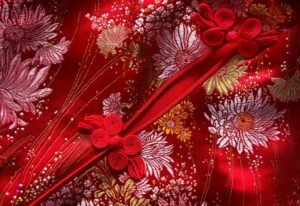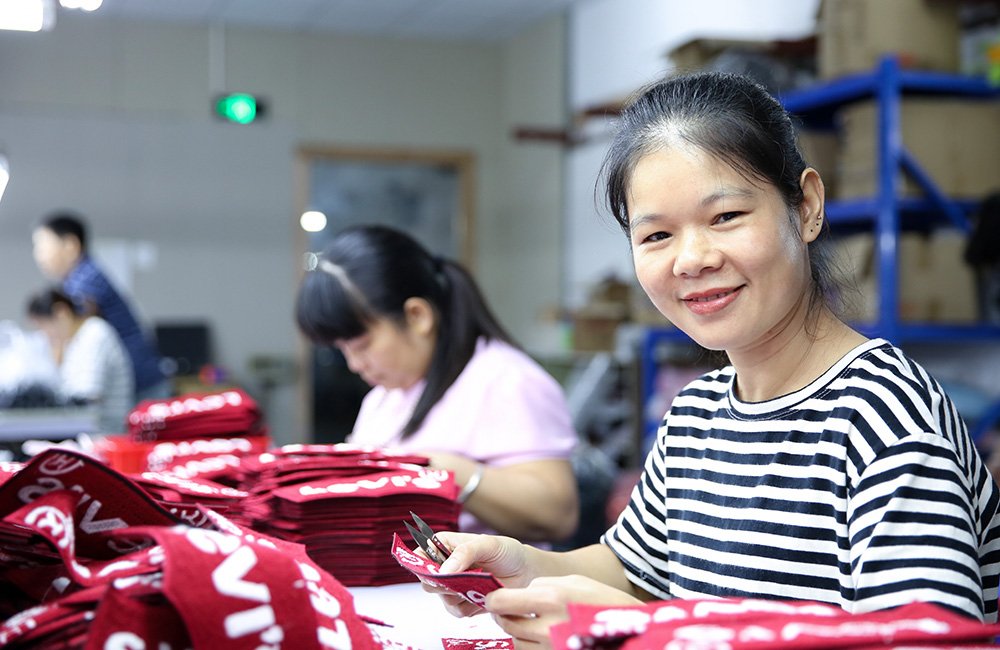Embroidery is a general term for a variety of decorative designs embroidered on fabric with needle and thread. Embroidery is divided into two kinds of silk thread embroidery and feather embroidery. It is the use of needles to silk thread or other fibers and yarns in a certain pattern and color on the embroidery material piercing, with embroidery marks constitute a pattern of decorative fabric. It is the art of adding human designs and productions to any fabric in existence using needles and threads.
Since the primitive society, people in order to wear clothes to keep warm, by grinding out the bone needle, bone cone, wooden cone, to make a variety of simple and simple clothing, handmade clothing also evolved from this very long time. Chinese culture is profound and profound, including the traditional clothing crafts with rich heritage. Take the traditional handmade embroidery craft for example, symbolizing the high and mighty such as the dragon and phoenix, representing the happy and auspicious such as the sun, moon and auspicious clouds, as well as landscapes with distinctive warp and weft, flowers and grasses between the strands, the exquisite national embroidery, the inheritance of thousands of years of ancient crafts.
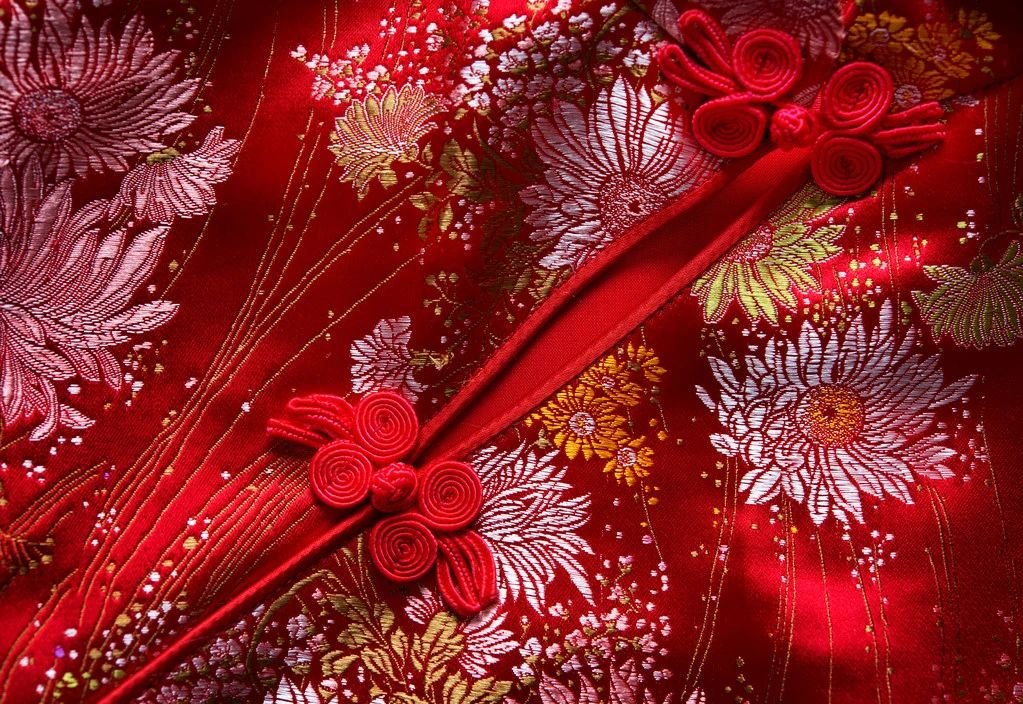
Chinese embroidery is an ancient name for “embroidery”, commonly known as “women’s red”. A combination of painting, embroidery, cutting, wrapping, rolling, inlaying, clamping and sticking, embroidery is not only characterized by the fineness of the needlework, but also by the diversity of the techniques. With the development and evolution of society, in addition to flat embroidery, which is regarded as a common embroidery method, there are also common bead embroidery, cloth sticker embroidery, cross-stitch embroidery, playing the child embroidery, lock embroidery, cut velvet embroidery and other folk embroidery techniques. Synchronized with the evolution of the embroidery process, the embroidery threads developed to the present time are also of various types, such as cotton thread, nylon thread, synthetic thread, machine embroidery thread, silk thread, wool thread, gold and silver thread, etc., which are mainly processed with natural fibers, chemical fibers or synthetic fibers.
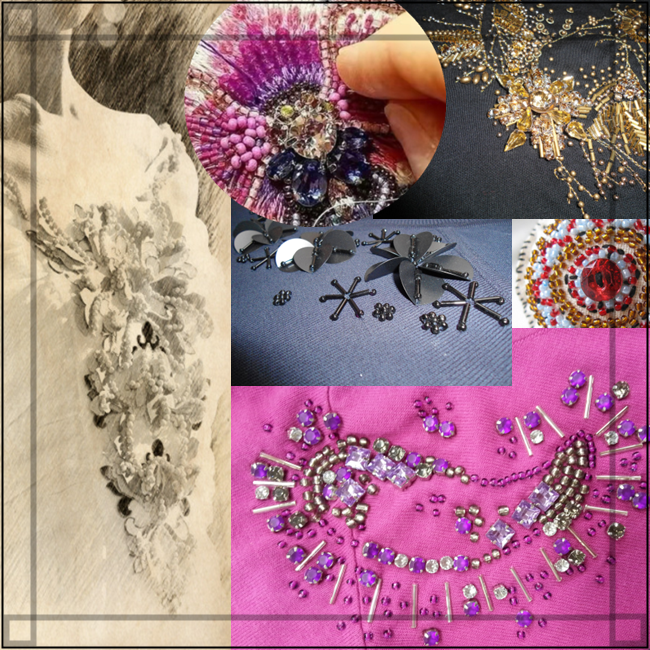
A great nation, of course, has characteristic aesthetics, formed by the unique elements in the national vernacular culture. Chinese clothing handicrafts originated from life and nature, developed in history and practice, and appeared in Suzhou embroidery, Guangdong embroidery, Shu embroidery, Hunan embroidery and so on, known as the four famous embroideries in China. Regarding Suzhou embroidery, it has a long history of 4,000 years, and in the Guangxu period, there was an embroidery artist Shen Yunzhi (later renamed Shen Shou) in Suzhou, whose many pieces of “simulated embroidery” works made by his own hands were among the international celebrities and renowned overseas.
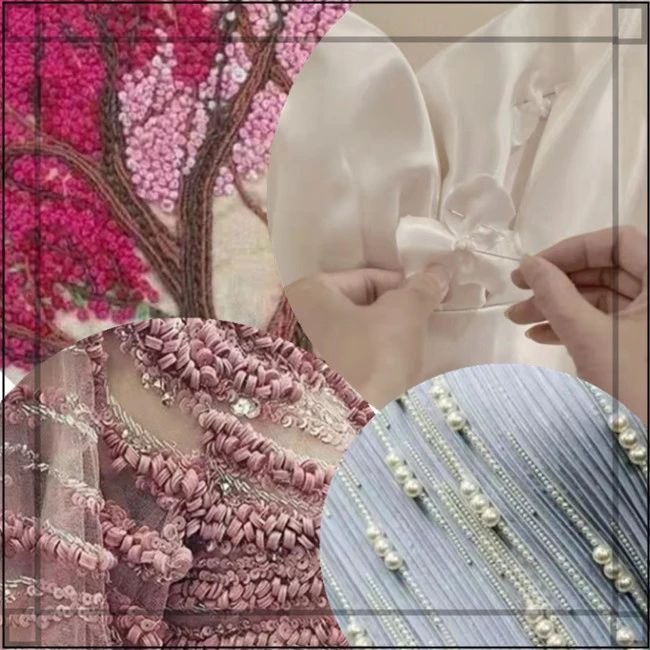
With the changes in the modern living environment and way of life, the strong production impact brought about by mechanization and even intelligent mechanization has led to a crisis in the development of traditional handicrafts, including the national hand embroidery craft. Firstly, there is a big cost difference between mechanization and handicrafts in relation to production efficiency, and secondly, the number of people engaged in handicrafts is decreasing, and thus fewer and fewer apparel products are used in the handicrafts of hand embroidery.
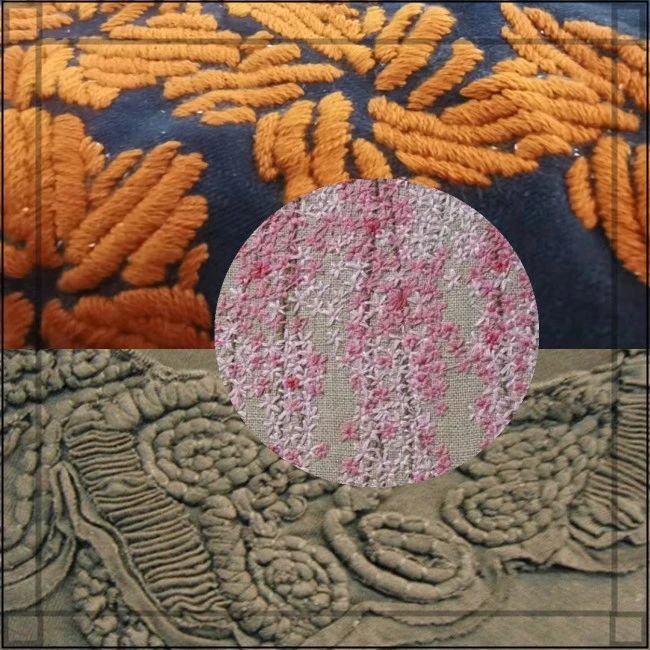
Citing the difficulties in the development of national embroidery to date, reflecting the survival of other handicrafts generally facing the crisis situation. It should be emphasized that tradition is not absolute dross, innovation is not all the old, heritage of national culture, drawing on the essence of tradition, in the path of modernization and development, appropriate to maintain the national character of the maverick, the emphasis must be based on the cultural connotation of the national tradition of the original color.

